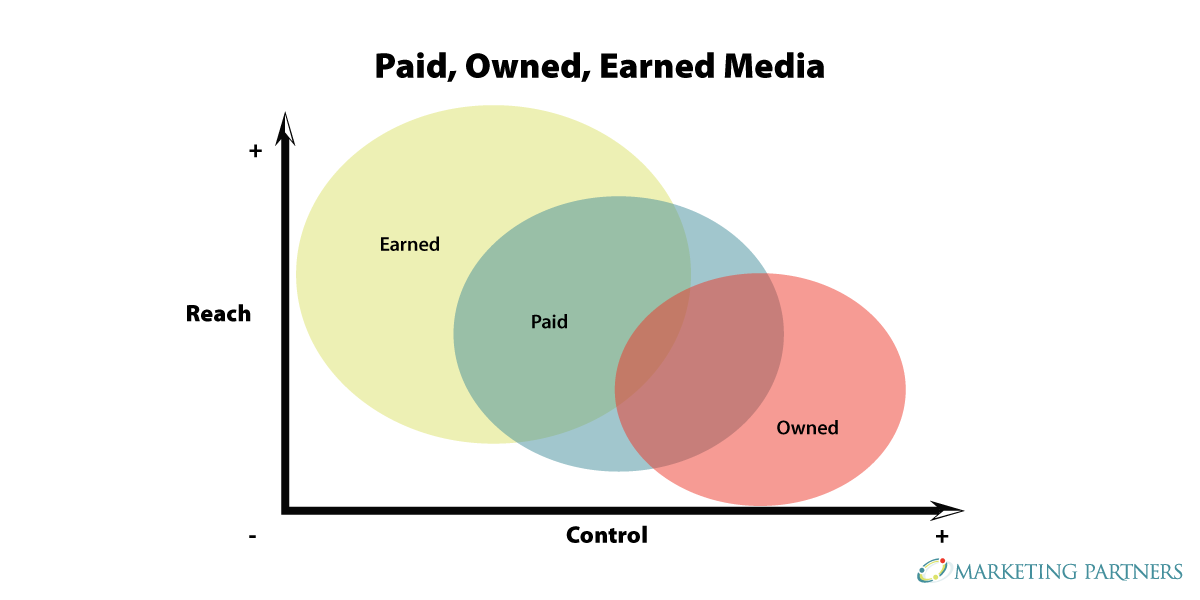How to Use Your Core Values to Inspire, Retain, and Energize Your Team
For the last few decades, but especially so in recent years, people are seeking out more than just an income from their place of employment. More...


Consistent values-based communication. I believe everyone benefits when a mission-driven business or nonprofit focuses on words, messages, issues, and strategies that emphasize shared values. So when my 14-year old grandniece asked me “Why?” -- the question brought me up short.
With reflections from fireplace flickers competing with our lit screens, we had been sitting together on the couch comparing smartphone apps. Was her question stimulated by the contrast between the demonstration of her latest fave, FatFace, and my showing her the GoodGuide and Dirty Dozen apps before we headed out to the store? In any event, it was a good reminder not to fall into the trap of viewing the Why behind what we do as mission-driven communicators to be a self-evident truth.
So here, in only slightly more formal language, is how I explained why practicing values-based communication is important.
Effective message framing relies on consistently referenced shared values. If values-based businesses and mission-driven nonprofits do not communicate from their values, how will we bring about the change we want to see? Speeches, articles, and calls to action that are grounded in values infuse our work with power and meaning and ensure that our chorus of voices is consistent and honest. Expressing our values is the first step for those who see the world, not only for what it is but for what it could be.
------
Editor's Note: Originally published November 29, 2012. Edited and updated October 10, 2019.
The Change Conversations blog is where changemakers find inspiration and insights on the power of mission-driven communication to create the change you want to see.
© 2009- to present, Marketing Partners, Inc. Content on the Change Conversations blog is licensed under a Creative Commons Attribution-Noncommercial-NoDerivs 3.0 United States License to share as much as you like. Please attribute to Change Conversations and link to ChangeConversations.
Creative Commons License may not apply to images used within posts and pages on this website. See hover-over or links for attribution associated with each image and licensing information.

For the last few decades, but especially so in recent years, people are seeking out more than just an income from their place of employment. More...

You know nonprofit organizations need websites just as small businesses do, but you may be surprised to learn nonprofit sites can be more complex and...

In today’s rapidly evolving media landscape, understanding where and how your story is told isn’t just strategic—it’s essential. How you communicate...